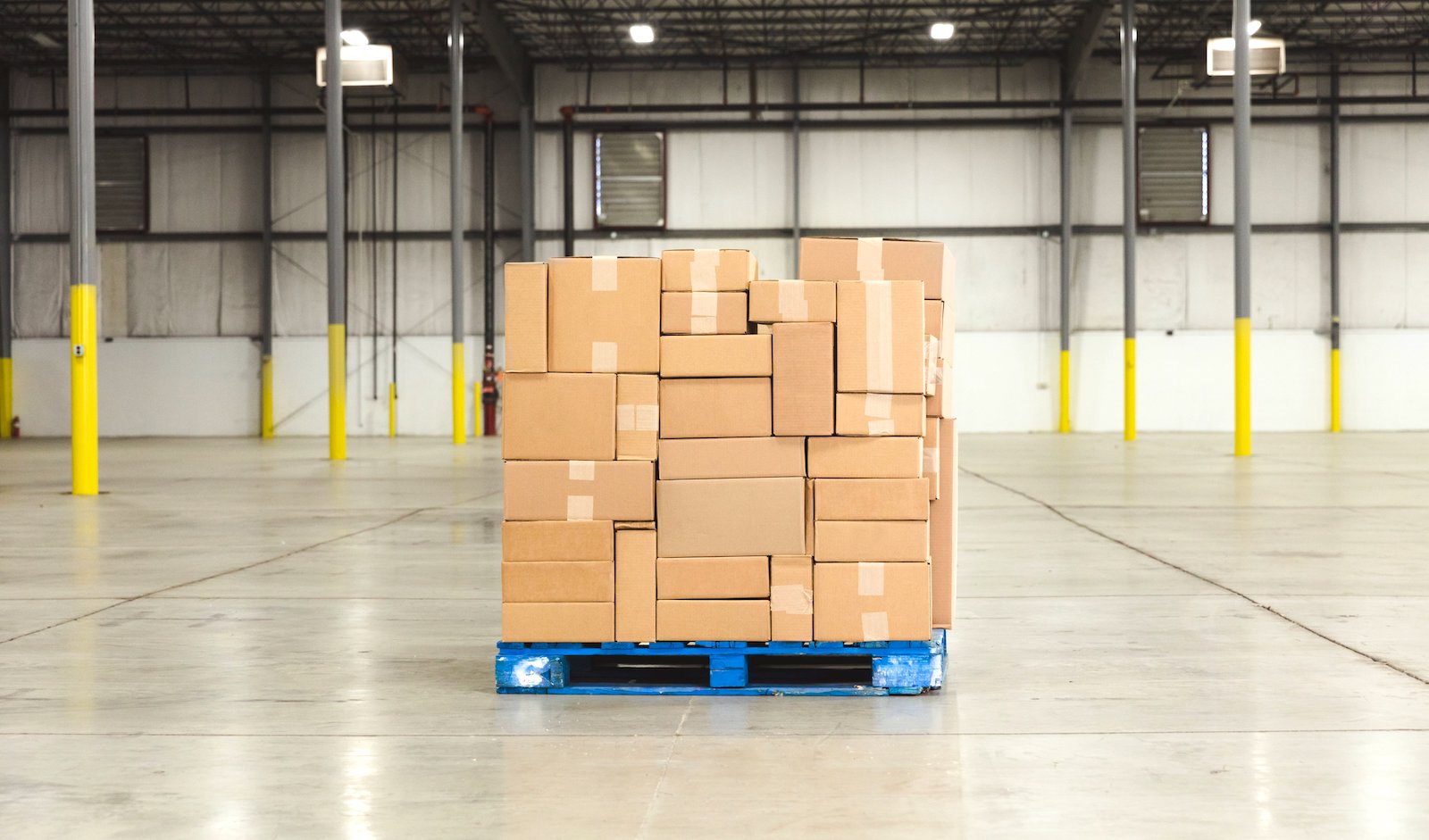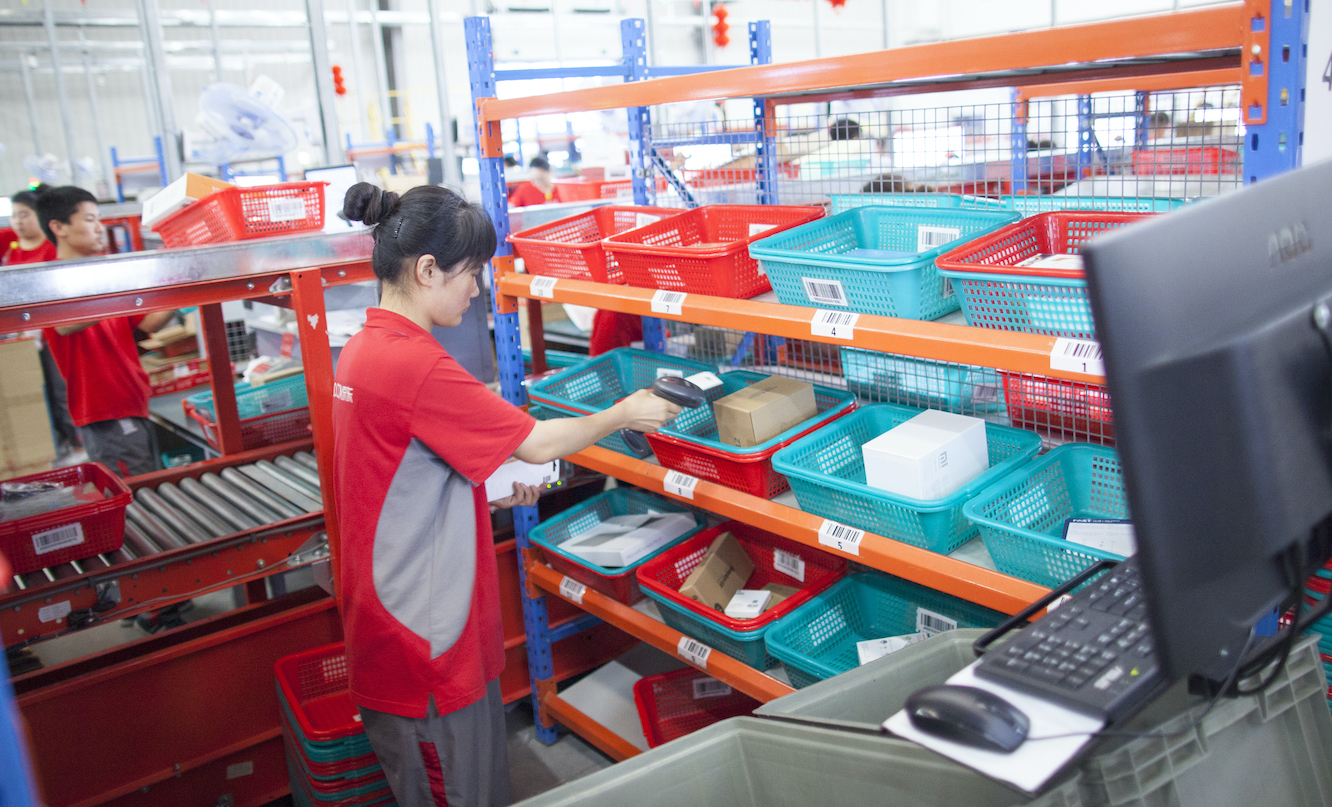Table of Contents
** Minutes
What is supply chain optimisation?
Why your supply chain is so important
The 9 best ways to optimise your supply chain
Supply chain optimisation may not seem like a huge priority for your ecommerce business if things seem fine enough: inventory is arriving from your manufacturer and customers are receiving their packages. Why bother improving what’s already working?
The truth is that supply chain management can always be improved in some way. If you’re only shipping a couple dozen orders a month, your operation is small and probably easily managed yourself. If you’re shipping hundreds of orders per day and growing, your ecommerce supply chain will need to be continuously optimised.
Even though you may think your supply chain is running smoothly, there are opportunities to reduce your costs and improve efficiency to keep your business growing and your customers happy. In this article, you’ll learn how to optimise your supply chain for success this year.
What is supply chain optimisation?
Supply chain optimisation is the practice of improving your supply chain processes to be more efficient, cost-effective, and fast. This can be done in a handful of ways, but many areas of opportunity are found across your manufacturer(s) and retail order fulfilment processes.
Why your supply chain is so important
Supply chain planning and management is an important aspect of your ecommerce business. There are many different links in this chain that require expertise, coordination, and planning. When supply chain management is effective, it can lower a company’s overall costs and boost profitability. If one link breaks down, it can affect the rest of the chain and can be costly.
Imagine this scenario:
- Your top-selling product is sold out.
- You order more products from the manufacturer.
- The manufacturer has a delay in manufacturing the product.
- You can’t meet the demand for the product, so customers lose interest or go elsewhere.
- You finally get the product back in stock, but the time has passed for these customers and they’ve found something else. You lose not only that sale but potentially their future purchases as well.
This is a common scenario of how one broken link in the supply chain (manufacturing) can have a ripple effect that ultimately decreases sales. The supply chain is what keeps a business moving, therefore if it’s velocity is slow or if the chain is not optimised, you can’t grow efficiently.
The 9 best ways to optimise your supply chain
Improving your retail supply chain doesn’t have to be a hassle. With the mix of technology and improved business processes, you can increase supply chain efficiency in a short amount of time. Here are nine considerations that may help you improve your supply chain.
1. Reduce your average shipping zone
Shipping to high shipping zones is a top culprit on an inefficient supply chain. That’s why choosing the right fulfilment centre location based on data of where your customers reside can be a major improvement in optimising your supply chain.
If you sell to customers across the United States, storing all of your inventory in a fulfilment centre, for example, in California may seem like a good idea. However, this can increase your average shipping cost to end consumers (since it will be more expensive to ship to people in the Midwest, South, and East Coast), which greatly adds up over time.
2. Opt for multiple warehouses
Unless you only ship to local customers (e.g., in your state), shipping all orders from one location can be inefficient. And if your order volume is large enough, you will see cost savings when you use different strategic locations. By having your inventory in multiple fulfilment centres throughout the US or other markets like Canada and the EU, you can easily expand your customer reach.
There are many benefits to having a coast-to-coast network of warehouses. One major benefit is that you can decrease shipping times and costs because your orders can be sent to the ecommerce warehouse closest to the customer. This will reduce the time it takes for a package to arrive for the customer and also create a more low-cost option.
3. Source locally
Finding a manufacturer can be difficult, and many are often far away from your customer base, causing an inefficiency in your supply chain. Think through:
- Can your goods be made closer to home?
- Where are the raw materials coming from?
- If your manufacturer is overseas, have you ever evaluated the shipping savings of a closer-to-home supplier?
- Can you cut costs and production lead times?
While your products can be manufactured cheaper in other countries, the time and cost of international shipping could offset the cheaper manufacturing rates.
Having your manufacturer closer to home can greatly reduce logistics costs (especially transportation costs) and the time it takes to ship. Work with local manufacturers to see if they can offer incentives to manufacture your products at a lower cost.
4. Use intelligent inventory management
Your inventory management system (IMS) should be able to set safety stock levels, give you reorder notification alerts to restock inventory on time, and report at the SKU level. This is especially important when sales are starting to pick up or before the busy shopping periods (Black Friday, Cyber Monday, etc.).
The right technology can help prevent stockouts, optimise freight shipping from your manufacturer, and customer deliveries (whether that’s an IMS or ERP inventory system).
5. Plan for demand
Are you actively planning for busy times of the year when sales pick up and there is the most customer demand? Most sellers plan for Black Friday, Cyber Monday and the holidays in general, but are there other time periods when your business has historically seen increased sales or would make sense to do a big sale (e.g., Mother’s Day, Valentine’s Day, Halloween, etc.)?
Demand planning helps predict future sales by using historical data to help with everything from inventory planning and warehousing needs to running promotions or flash sales and meeting customer expectations. This lets you create a roadmap for ordering, receiving, and shipping. Taking it a step further, ERP software can be programmed to automatically place purchase orders with vendors when inventory levels drop below a certain level.
6. Be in contact with manufacturers
Manufacturers can sometimes hit peak capacity or face other shutdowns (whether it’s planned like Chinese New Year or unplanned like the Coronavirus) and won’t be able to ship your order for a month or two until they complete their backlog or are cleared to do so.
Develop a good relationship with your supplier and encourage them to give you a heads up when they think they’ll be too busy to manufacture or supply (if ever).
7. Have the right inventory touchpoints
An optimal flow for fast order fulfilment looks like this:
Manufacturer → 3PL or your fulfilment centre → your customer
These three touch points help ensure quality and speed of delivery. If you’re dropshipping currently, you might think the fewer touch points the better, but if your manufacturer is overseas, then your transit times are going to be very long and cause customers who are accustomed to fast shipping to go elsewhere.
8. Continuous improvement
Always be improving. Even as you begin to optimise your supply chain, you’ll notice more improvement opportunities pop up as time goes on.
With continuous improvement, your focus is on making small incremental improvements in a consistent manner to reduce inefficiencies and save on overall costs, whether it’s improved operations and warehouse management or a reduction in shipping costs.
9. Monitor supplier and vendor performance
Your vendors and suppliers are key links in your supply chain, so you need to monitor their performance over time.
- What are their key performance indicators and metrics?
- Are they meeting SLAs?
- Is their product quality up to your standards?
- Are they improving?
An efficient supply chain depends on outstanding performance from everyone involved.
The best supply chain upgrade: a trusted logistics partner
One popular supply chain improvement method that’s seen a major increase is partnering with a third-party logistics (3PL) company. Many growing ecommerce businesses have found that it’s too time-consuming and costly to manage and invest in a warehouse, labour, equipment, training, certifications, and more.
This is why 3PLs have become so popular. As supply chain experts, they already know how to optimise the supply chain for your business and they keep themselves up-to-date on the latest trends and technology that help improve supply chain processes.
Many ecommerce businesses don’t have supply chain or inbound and outbound logistics experts on staff. Fulfilment and warehousing experts are usually the least prioritized hires. This is another benefit of working with a 3PL because they are so focused on the supply chain, unlike an on-demand warehousing company that just provides a technology platform to find warehouses that have excess space inside them.
Working with a 3PL like ShipBob can lead to numerous benefits for your supply chain including:
Inventory management
The best fulfilment provider for your business will give you all the insights you need to manage your ecommerce inventory without having to store products at home or own your own warehouse. You can keep track of your inventory levels for all of your products in one dashboard and set automatic reorder notifications to make sure you never run out of inventory in any fulfilment centres.
Distributed inventory
ShipBob continues to expand its geographic footprint by opening fulfilment centres in new locations. You can leverage ShipBob’s network of fulfilment centres to get your products to your customers as quickly and affordably as possible. When you distribute your inventory across ShipBob’s fulfilment centre network, your fulfilment costs and times will improve, leading to happier customers.
2-day shipping
Everyone wants to compete with Amazon’s 2-day Prime shipping. Working with ShipBob and our efficient supply chain puts your inventory closer to your shipping destinations, meaning you can offer guaranteed 2-day shipping for customers only offering costly expedited air shipping.
Order management
With real-time visibility into your orders from the ShipBob dashboard and automated order tracking, you can keep customers up-to-date and also easily access order metrics and fulfilment performance and status.
Conclusion
Supply chain optimisation should be a focus for your business in 2021. There are unseen profits to be gained from fixing even a few minor inefficiencies in your supply chain.
ShipBob’s proprietary technology allows you to track fulfilment logistics in real-time. If you want to learn more about how ecommerce businesses optimise their supply chain through ShipBob, request a fulfilment quote below and learn how we can work together.



